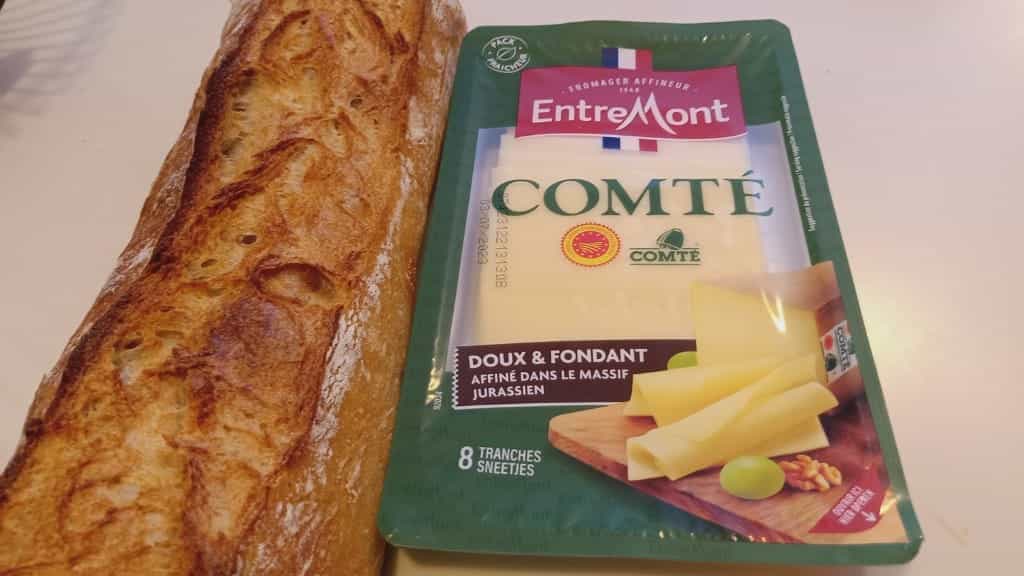SOIXANTE-NEUF FROMAGES FRANÇAIS
Jeannine & Roger's French Cheese Odyssey
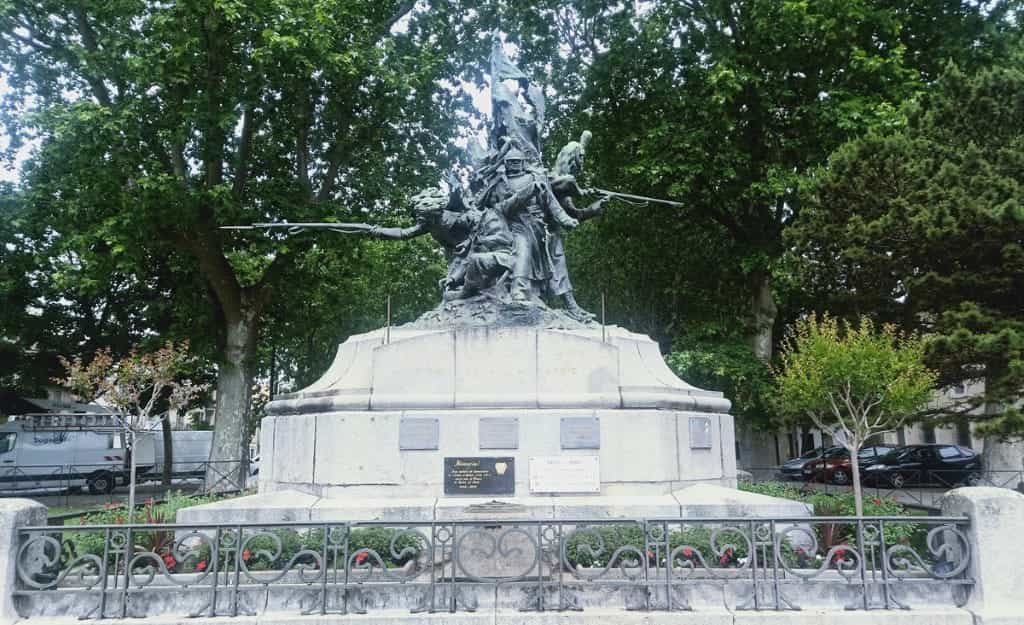
Carcassonne's World War II History Day - 21st May
I am currently reading Citadel, by Kate Mosse, a novel about a Carcassonne girl who joins the French Resistance during World War II. Even though the area was in the Free Zone, it was occupied by the Nazis and its citizens were constrained by a militia regime.
Today I decided we would explore Carcassonne’s WWII history, however I object to paying €20 each for a guided tour, so we did our own research and walking tour of Carcassonne.
During WWII Nazi Germany signed an armistice with Vichy France, the “French State” agreeing that the South of France would not be occupied. As part of the Armistice the Vichy agreed to supply men to Germany for the work camps; also goods for the war effort. As living conditions worsened in France various factions, such as the Resistance, were formed to fight against the Nazi occupation and the Vichy regulations.
-
Below is my photo tour of Carcassonne’s WWII history:
- Photo 1 - The header photo above is the War Memorial for all wars that Carcassonne residents have participated in
- Photo 2 - Maurice Sarraut was a supporter of the Vichy armistice with the Nazis. He used his Newspaper to promote the Vichy Regime, however the Gestapo thought he was dodgy so arrested him. When he was freed by a Vichy friend he decided to distance himself from the French Militia; he probably should have kept his friends close and his enemies closer because they assassinated him. He now rests in a Carcassonne cemetery
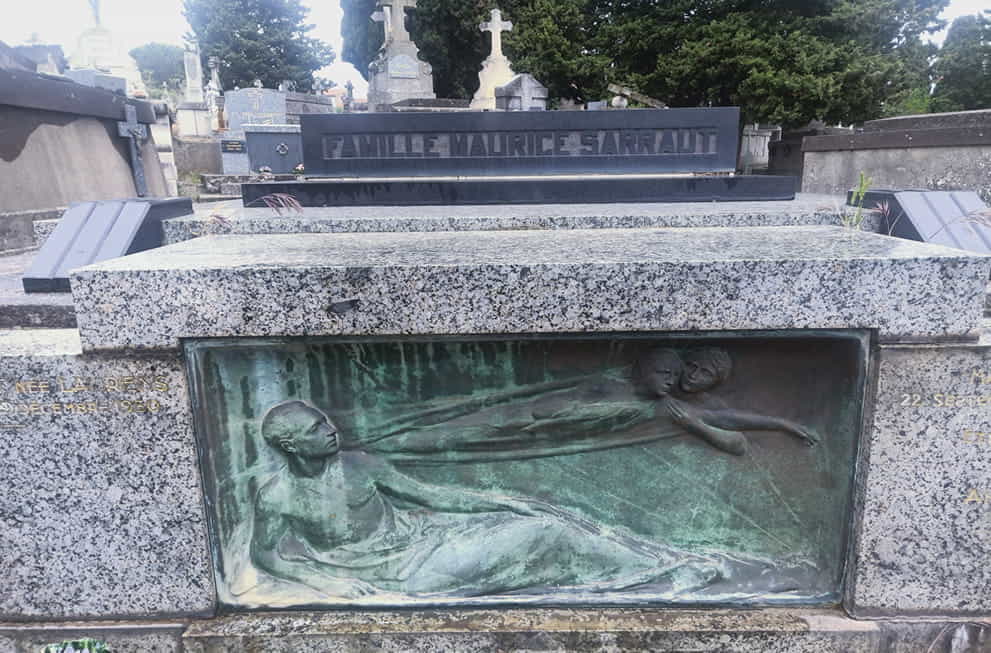
- Photo 3 - The War Memorial is for all the residents of Carcassonne who fought in any war and died. The steel panels behind the stone arch list their names
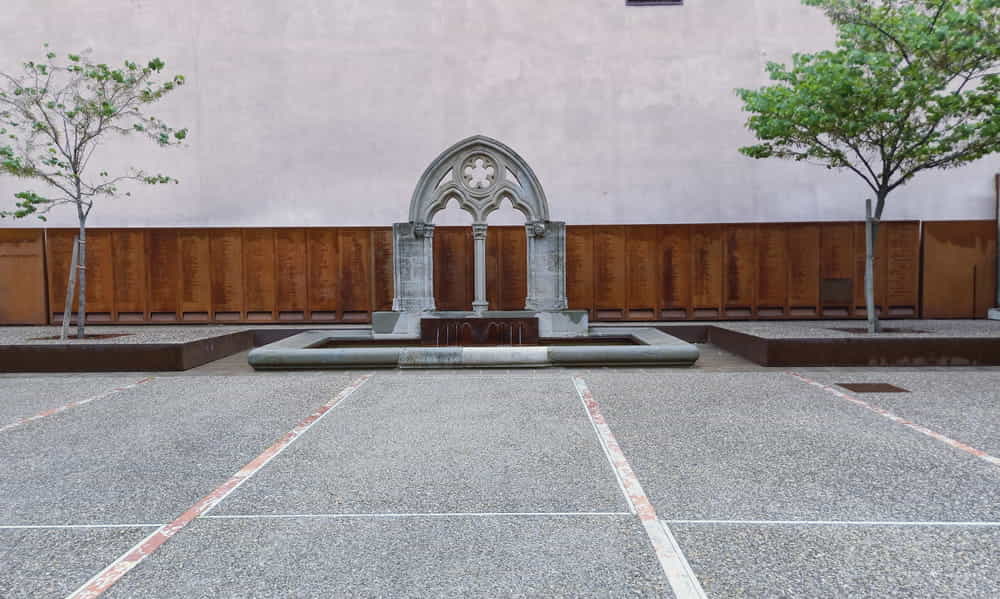
- Photo 4 - The Memorial for the Resistance Fighters of Carcassonne who died in WWII
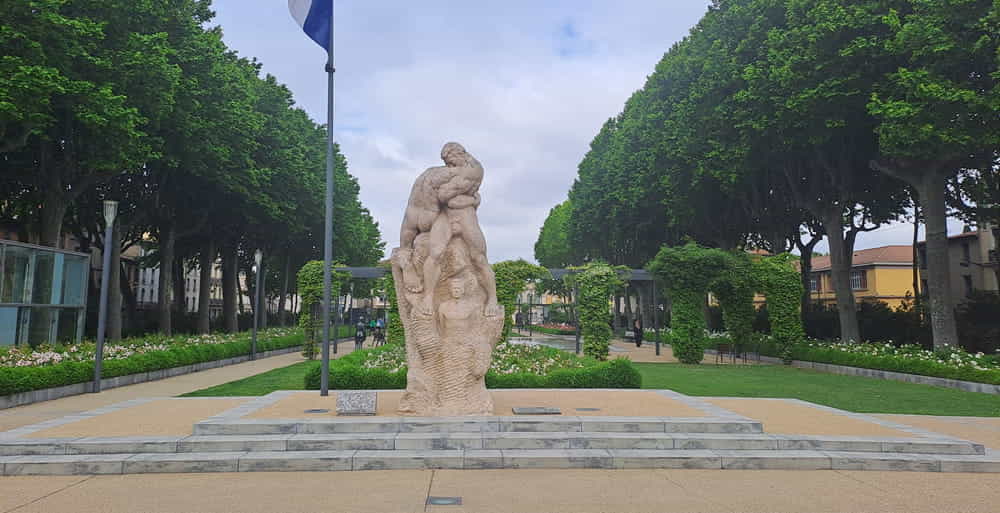
- Photo 5 - The bronze bust of Omer Sarraut, once mayor of Carcassonne and father of Maurice mentioned above. Here once stood bronze statues representing the community, however in WWII the Germans melted the bronze down, except Omer’s head which was saved. In 1988 the Council made a water feature of the bust and built an obelisk with no engravings, and two fountains, who knows why
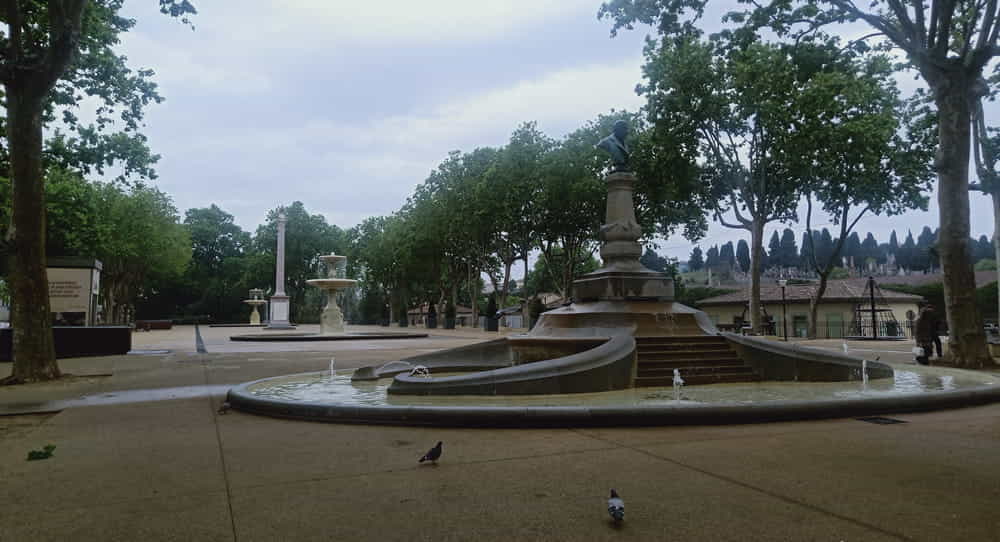
- Photo 6 - The once headquarters of the French Militia. The Militia was created by the Vichy to support the Gestapo in hunting down Jews, Freemasons, Communists, and French patriots who fought for the liberation of France. Throughout the city other buildings housed: the Feldgendarmerie, the counter-espionage bureau, the SS headquarters and the Gestapo headquarters. If one of them wasn’t watching you, then your traitor neighbour probably was. So much for being a Free Zone
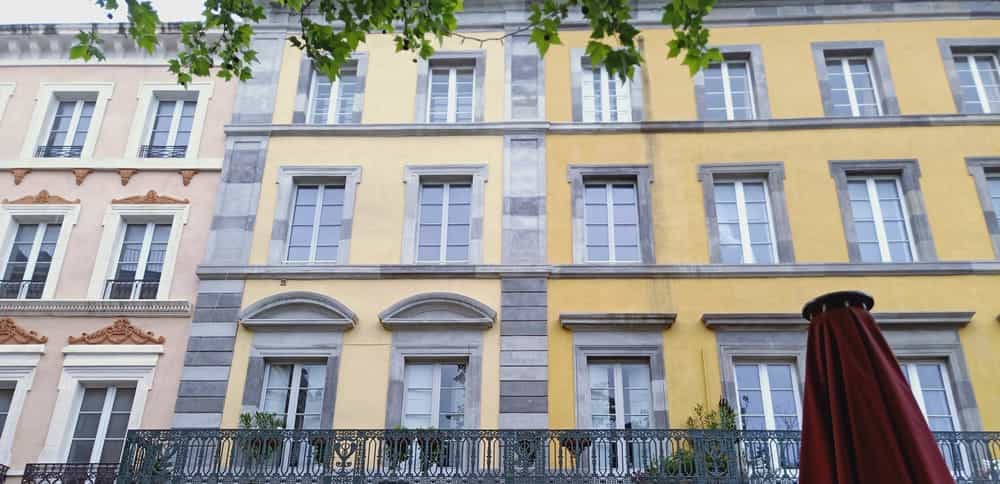
- Photo 7 - The Charles de Gaulle memorial. De Gaulle exiled himself to London during WWII to coordinate a strategy to remove the Germans from France. He would broadcast messages encouraging defiance; it was illegal to listen to them in France and so the Resistance use an underground press to expose the crimes of the Vichy, the Militia and the Nazis
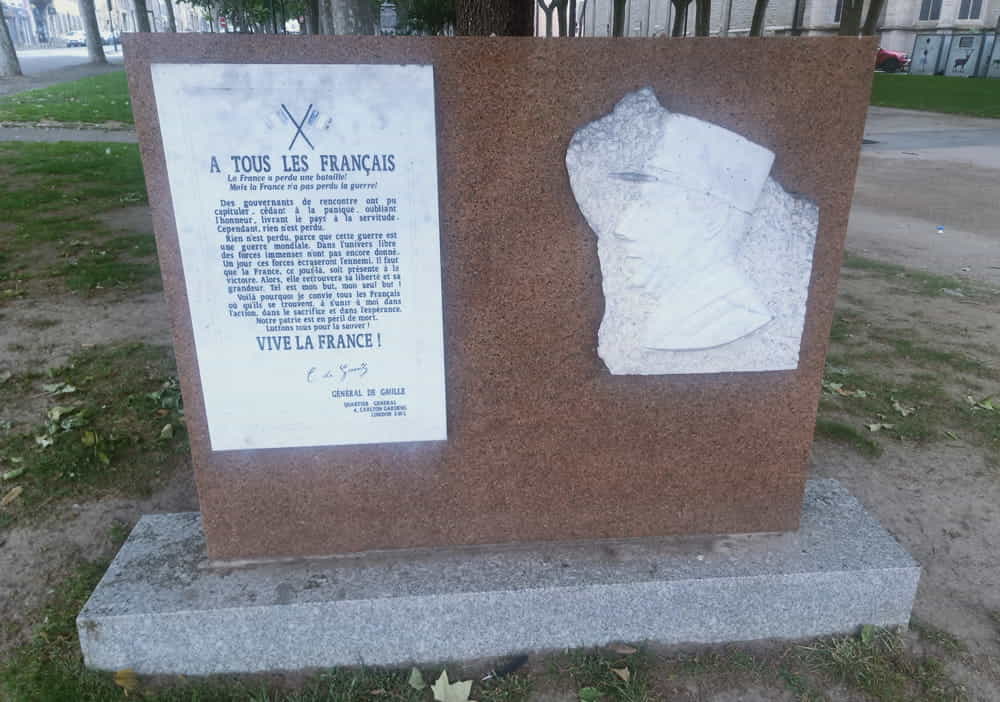
- Photo 8 - A safe house; Because of the town’s geographic position on main rail lines Carcassonne was used to get Allied soldiers out of France via Spain. Unfortunately rail lines were also used to send 1,000s of people to Concentration camps.
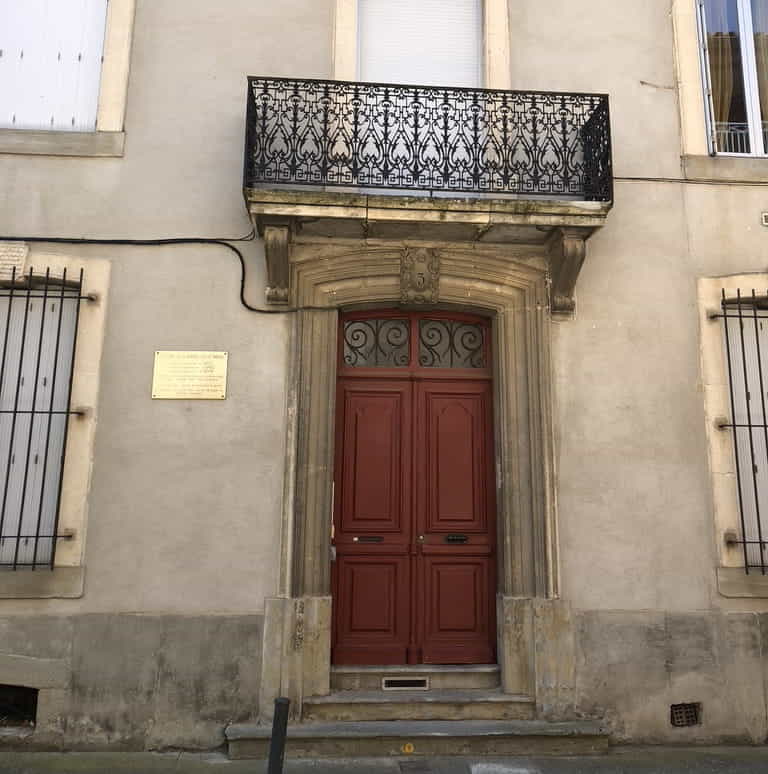
- Photo 9 - Statue of Armand Barbes, he was a Republican who fought for social justice and freedom. The statue was controversial in its day (1886) because not everybody wanted a statue made of him; they didn’t like the finished product and then couldn’t agree where to put it. The Nazis ordered the statue be melted down. In 1952 another statue was recast for Republicans to gather there and complain, ...I mean campaign
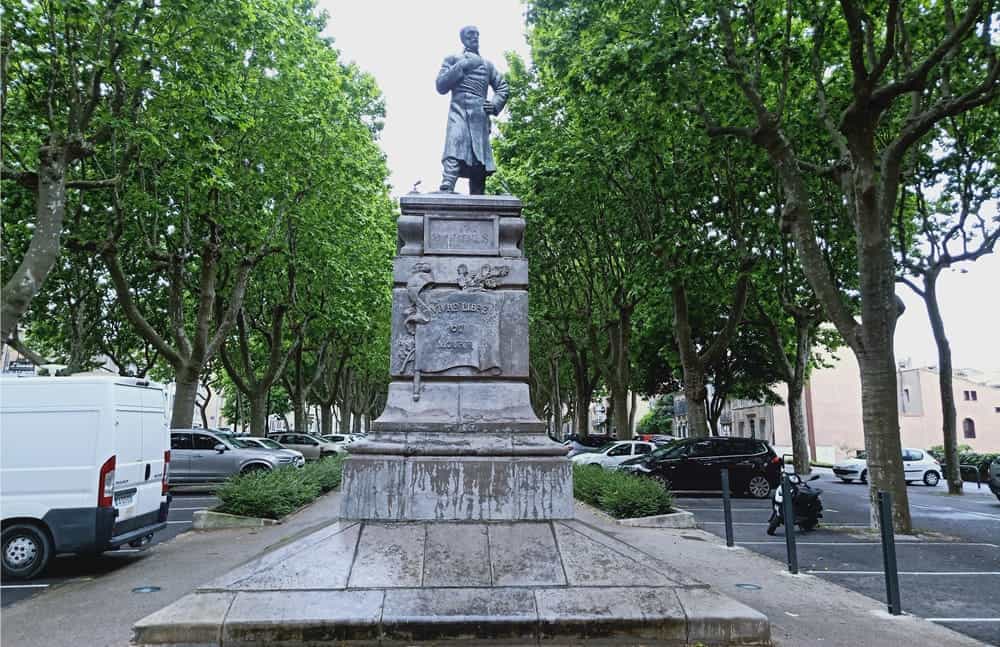
- Photo 10 - A statue of Joan of Arc. Poor little Joan has been moved around a bit and is now hidden in the shadows between the back of an imposing chapel and a car park. After WWII a plaque was attached recognising the people of the Aude Region for taking in Alsace and Lorraine war refugees
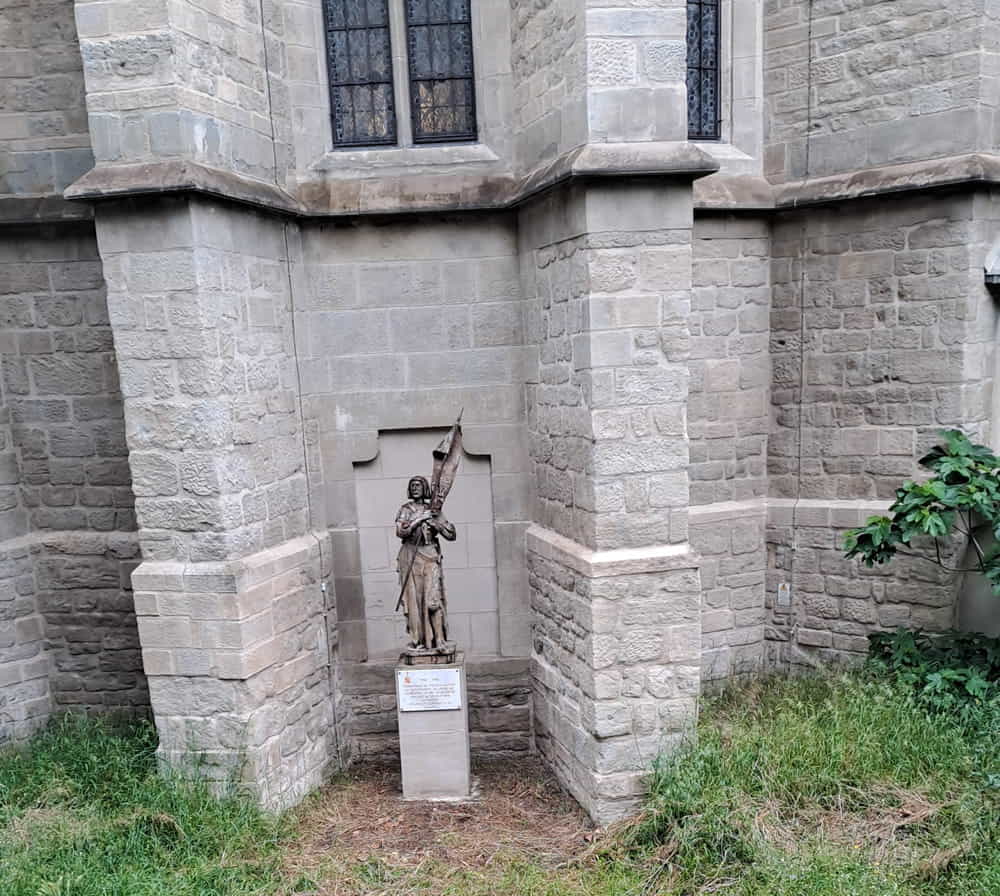
- Photo 11 - General Marcel Bigeard; during WWII he helped set up an Interior Force to unify and legitimise Resistance groups in order for them to be effective as one military force
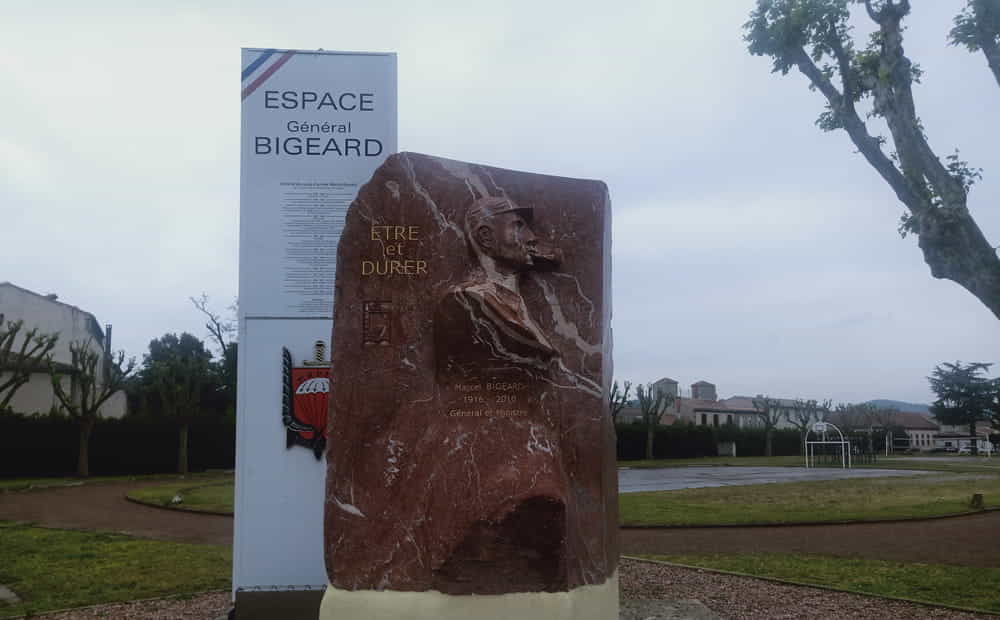
- Photo 12 - Joe Bousquet Plaque (he also has a statue in the old City). During WWII the Germans seized the old fortified city to store ammunition, explosives and prisoners in the dungeons. Joe Bousquet wrote to the powers that be and asked them to release the old city without harm. He sucked up to the Germans by telling them what a great asset it was to their country and how it was the envy of America and Great Britain; it worked, the city was saved

There is much more history in the surrounding towns, but the above is all we could walk in one day.
Cheese Experience No.30 - Comté Cheese was first made by Marcel Petite in 1966 when he discovered underground fortresses from the Franco-Prussian War and knew, because of the even chilled humidity, darkness and ventilation, that they would help produce good cheese. The cheese meules (rounds) weigh 85lbs and in the old days were turned by hand. The tunnels currently store 100,000 rounds that are now lifted, brushed and flipped by machine. 